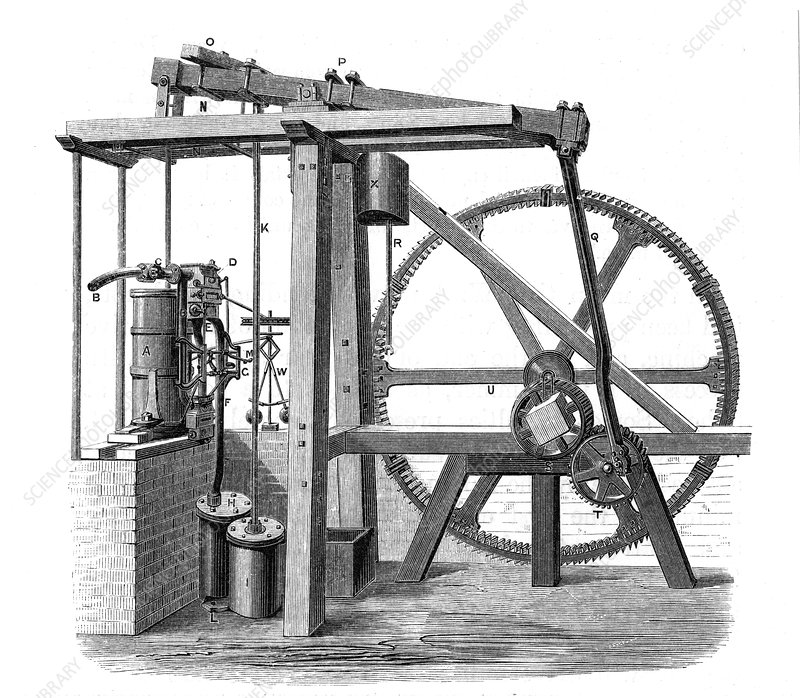Is it not the type C MCB that is more suited to motor start ups?
The sparky could have fitted a type B for a more prolonged use
if you mentioned using an extractor as well.
The spark that worked on the folks place fitted a type B for the welder.
Did you try starting the saw without a blade installed?
Or even checking the belt for tightness, slackening it a bit might help if its very tight.
Much Information....
Correct...motor start fuses (HRC type "M" ) are suited to the overload current (in Europe usually about 6 times run current). A separate circuit using motor fuses and maybe a polarised outlet so only your machine can plug into it....or have it permanently connected...A problem arises however with Circuit Breakers (and by the way C/b's and RCD's can become faulty)
You may have other devices on line reducing your 'available current before tripping'. Your installaton may not have any tpe of breaker curve suited to motor starting. You need a "C" or a "D" curve and if I had to choose one 'blind' I'd go for the "D"
Quite commonly a "C" curve breaker (about 6-7 times run current) is installed with motors....however it may not be adequate. You may need a 'D' Curve breaker (12-14 times run current) The RCD section may be not 'combo' but in line as a separate unit. A professional set up might be breaaker (with or without isolator) seriesed to overload and a contactor (3 units).
Just to explain a little....You need same high starting current awareness for circuit breakers as for fuses. Breakers (interruptors) operate more quickly and accurately than fuses...There's quite a lot of inertia being built up in a bandsaw for example and motor slip will be high, current being way above full load running.....starting current isn't reduced immediately as in a motor which is off load until up to speed.
Were the saw permanently connected an RCD would be perhaps less needed. On the other hand one can still get electroluxed through contact with live aspects of the machine. With polarisation the risk is that someone will use a polarised plug for other tools or lights...and an RCD is essential.
(Only a fool unless a sparkie who knows his onions and only does if for testing ...bypasses the RCD safety. An incident then or later would not be excused by 'just experimenting' Do the job properly.)
Testing
Firstly see the result of operating the RCD/Combo 'test switch.
Sometimes it will drop out then not reset immediately. That can be faulty rcd or faulty or overload at an outlet...maybe your saw.
One way is to ensure all outlets are known, turned off and 'do NOT use' labels attached...or disconnect them. Temporarily substitute a non-rcd breaker (5-8 minutes work whoa to go) of same current and start the machine on that.
If it drops on a "C" try a "D" or conversely...if it holds on a 'D' see what happens with several starts from "0" rpm with a "C". A tong tester might give enough reading as the needle jumps to tell the 'rough' starting current anyway...without going to that trouble. It it hits 10 amperes...a 'C' curve breaker isn't going to fix that. A 'D' curve may well do so.
RCD's, Presumably the RCD is properly connected...is your motor start capacitive?...leakage on charge can drop the rcd...that was common place on earlier TV's when the power supply was 'typical' I raised the matter with EMI and others, and the TV circuitry was altered, when I was rewiring places getting rid of the old "Standard A" earth leakage breakers . Of course the motor subject here could be faulty but your electrician can determine that.
Other stuff:
Your manual testing for mechanical freedom seems quite sensible and ok. As far as I can see unless you meant your mains fuse as you have no 100A obvious sub-circuit 100A fuse. LOndon to a brick the supply authority will have required mains fusing.... normally before the meters.
You have a 100A main switch. I don't know if you have 2 phases or whether both active and neutral are being switched or only one side used...Whichever it is 100mA rcds as MAINS protection as opposed to or as well-as main switches are commonly used to protect a property against (perhaps) electrically created fire which is not causing the sub circuit rcds to drop out.

































